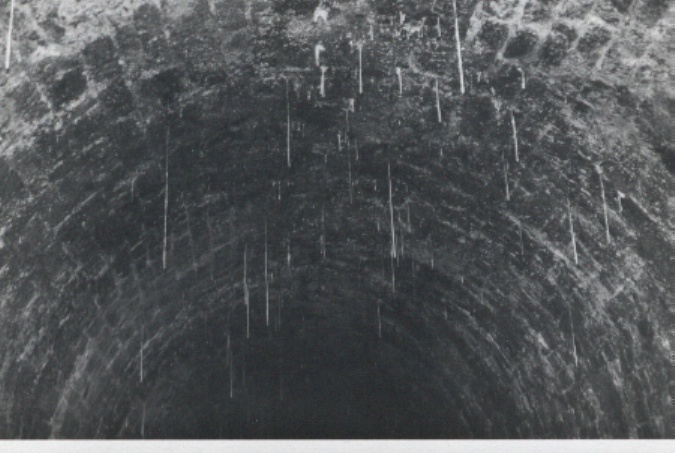
In the 1833 Journal of Agriculture, previously quoted it states that "A third and the greatest difficulty occurred in cutting the tunnel through the eastern acclivity of the Law of Dundee. The greatest portion of this hill composed of greenstone and greenstone porphyry, a stone well adapted for the paving of streets in towns. It was reasonably expected, that the sale of the larger blocks of this rock for paving stone, and the smaller for broken stones for roads, would have realized as much cash as would have paid the expense of mining the tunnel, while the rock itself would have formed a natural archway. But, as Burns truly says, "the best laid schemes of men and mice aft gang agley". After penetrating a short distance at both ends of the tunnel, it was unfortunately discovered that the line of it had accidentally been fixed up from below with a soft steatitic rock, in a highly disintegrated state, quite unable to withstand the process of mining. Under these unfavourable circumstances the tunnel had to be lined up on both sides with walls, and arched over with freestone and mortar. Thus, instead of realizing the reasonable anticipations of a saving of expense, the formation of the tunnel incurred an extraordinary outlay."
According to the Shiell and Small Archive, the tunnel was completed in 1829.

The roof of the tunnel showing the masonry lining and stalactites.
Please feel free to contact me by e-mail at elliottsimpson@hotmail.com
May 2019